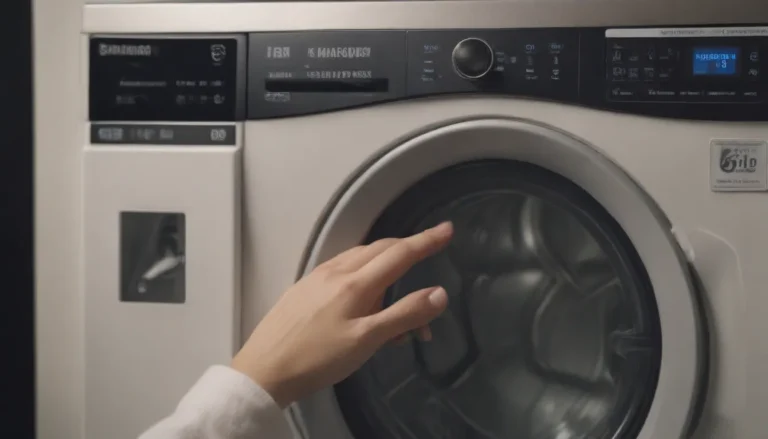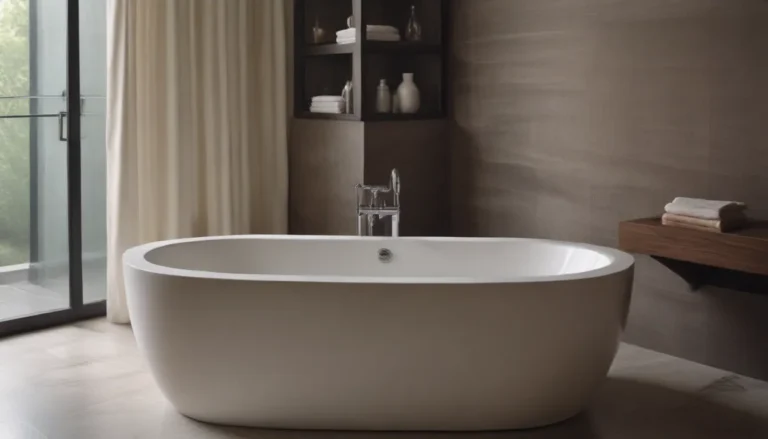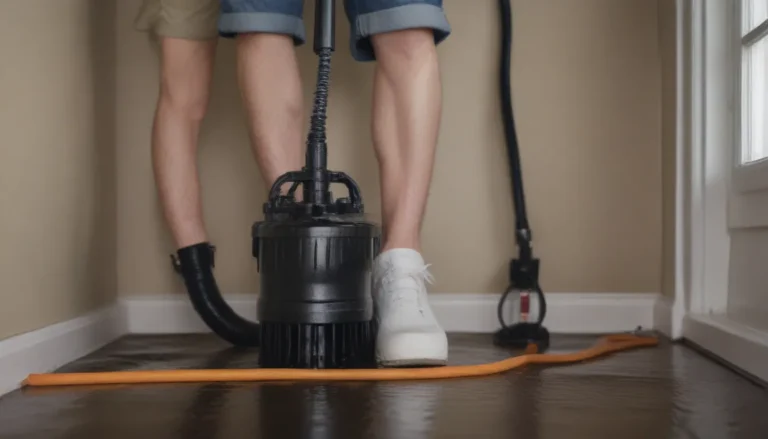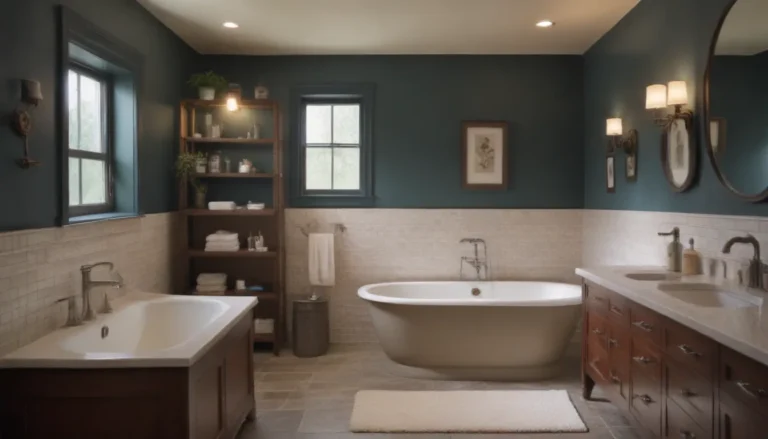The Ultimate Guide: Paint Spraying vs. Painting With a Roller

Are you contemplating painting your home’s interior or exterior and wondering whether to use a paint sprayer or a paint roller? Deciding between the two can be a tough choice, as both methods have their pros and cons. In this comprehensive guide, we will explore the differences between paint spraying and painting with a roller to help you make an informed decision on the best method for your painting project.
When to Use a Paint Sprayer or a Paint Roller
Choosing between a paint sprayer and a paint roller is not always straightforward, but there are certain scenarios where one method may be more suitable than the other.
- Use a paint sprayer:
- When the interior is empty
- When painting exteriors
- When texturizing walls
- With details and texture
-
When masking is not an issue
-
Use a paint roller:
- As the default painting method
- To cover problem surfaces
- If you haven’t used a sprayer before
- If you dislike masking
- When only painting walls
When to Use a Paint Sprayer
While each method has its advantages, paint sprayers are known for their speed and efficiency. Here are some situations where using a paint sprayer may be beneficial:
Use a Sprayer When the Interior Is Empty
If you are painting a room in the early stages of construction or renovation, a paint sprayer can be a great tool. With fewer obstacles in the way, you can quickly cover large areas without the need for extensive masking.
Use a Sprayer When Painting Exteriors
Painting exterior surfaces with mature landscaping or intricate features can benefit from a paint sprayer. The ability to quickly cover large areas with minimal preparation can save you time and effort.
Use a Sprayer When Texturizing Walls
When applying texture to walls, a paint sprayer can offer a more efficient and even application compared to using a roller. Whether you are working on interior walls or exterior surfaces, a sprayer can help achieve the desired texture with ease.
Use a Sprayer With Details and Texture
Paint sprayers excel at handling detailed surfaces and various textures. From crown moldings to textured ceilings, a sprayer can ensure a smooth and uniform finish on intricate areas that may be challenging to paint with a roller.
Use a Sprayer When Masking Is Not an Issue
If you do not mind extensive masking and taping, a paint sprayer can be a time-saving option. While masking is necessary for certain areas, the overall efficiency of a sprayer can outweigh the preparation work involved.
When You Should Use a Paint Roller
Paint rollers are a popular choice for DIYers due to their ease of use and cost-effectiveness. Here are some scenarios where using a paint roller may be the best option:
Use a Roller as the Default Painting Method
For most painting projects, a paint roller is the go-to method for its flexibility and simplicity. With minimal preparation and easy cleanup, a roller is a versatile tool for both interior and exterior painting.
Use a Roller to Cover Problem Surfaces
When dealing with imperfect surfaces that may require additional coats of paint, a roller can provide a thick and consistent application. Unlike a sprayer, rollers are more forgiving on problem areas and can help achieve a uniform finish.
Use a Roller If You Haven’t Used a Sprayer Before
If you are new to painting and have not used a sprayer before, starting with a roller can be a smart choice. Rolling paint may require less skill and practice compared to using a sprayer, making it a beginner-friendly option.
Use a Roller If You Dislike Masking
While some masking is necessary when using a roller, it is minimal compared to the extensive masking required for paint sprayers. If you prefer a more straightforward painting process, a roller may be the better choice.
Use a Roller to Stay Within Budget
Paint rollers are a cost-effective painting solution, with minimal paint wastage compared to sprayers. Additionally, the initial investment for roller equipment is lower than that of a paint sprayer, making it a budget-friendly option for DIY painters.
Pro Tip:
Professional painters often use a technique called back-rolling, which combines the benefits of both spraying and rolling. By spraying paint on the wall and then quickly rolling it, you can achieve a smooth and even finish while saving time.
By considering these factors and your specific painting needs, you can determine whether a paint sprayer or a paint roller is the best choice for your next painting project. Ultimately, the decision comes down to your preferences, budget, and the unique requirements of the surfaces you are painting.
Whether you opt for a paint sprayer for its speed and efficiency or a paint roller for its simplicity and cost-effectiveness, both methods can help you achieve a professional-looking paint job with the right tools and techniques. Happy painting!





